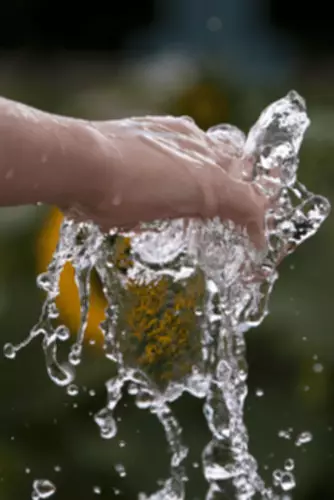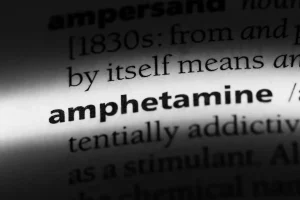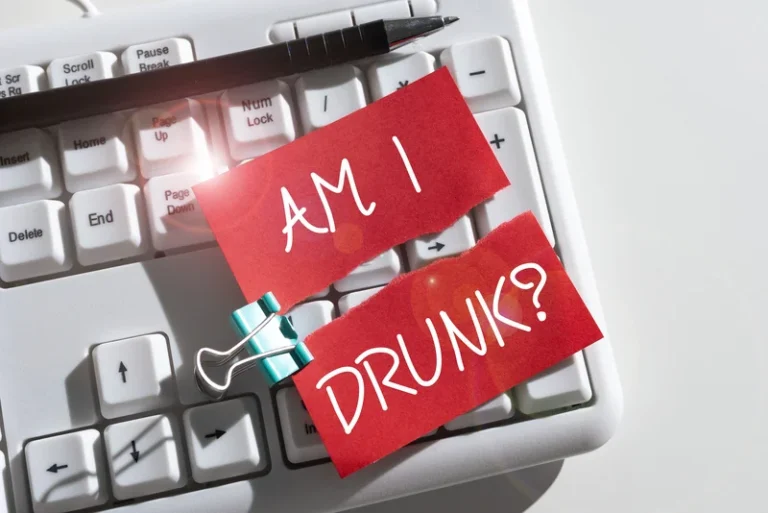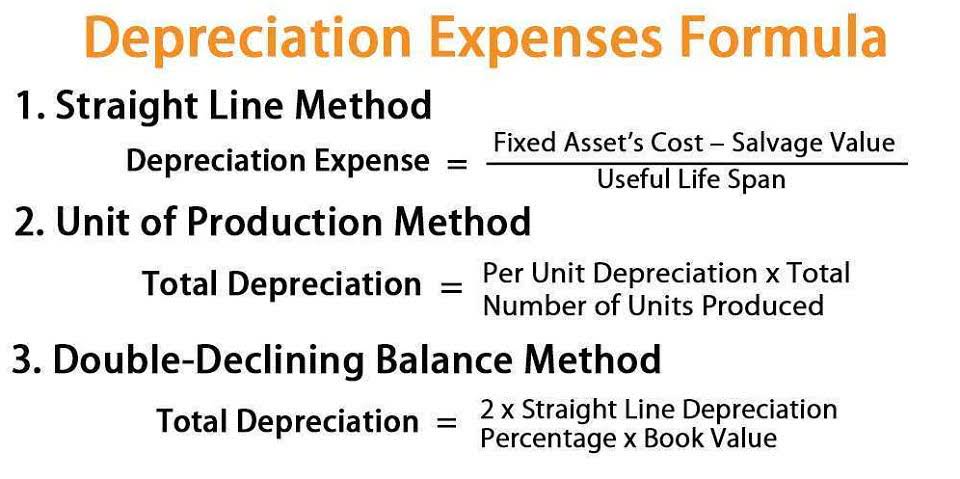5 Surprising Ways Alcohol Affects Tooth Pain And How to Find Relief
Alcoholic neuropathy damages sensory nerves, resulting in a decreased sensation in the hands and feet. If the sensation is decreased enough, you may feel actual numbness after drinking alcohol. On top of all this, when someone withdraws from long-term alcohol use, their sensitivity to pain increases. For chronic pain sufferers, this makes it extremely difficult to stop drinking alcohol.
Clove oil is an essential oil that has been used for centuries as a natural remedy for tooth pain. The oil contains eugenol, which is a potent analgesic and antiseptic that can help reduce inflammation and numb the affected area. Simply apply a small amount of clove oil directly onto the painful tooth using a cotton swab or your finger to get some relief. Consuming alcohol could also have some anti-inflammatory effects that might help control blisters or ulcers resulting from teeth extraction.
72 Hours
Avoiding excessive amounts of alcohol is the primary way to prevent alcoholic neuropathy. If you notice you are developing any signs of alcoholic neuropathy (such as numbness after drinking alcohol), in addition to seeing a doctor, try to stay away from alcohol altogether. If you are having difficulty avoiding alcohol, there are resources that eco sober house ma can help you quit. Sometimes alcohol causes such severe damage to the body that a liver transplant may be necessary. Nerves don’t have a resilient ability to regenerate if they are severely damaged. The nerve damage of alcoholic neuropathy may be permanent if the damage has been taking place for a long period of time or if it persists.
Scientists studying the interaction between ethanol and VR1 receptors have determined the receptors are triggered 10 degrees cooler than normal. Their aim is to uncover fresh molecular targets that can differentiate between different types of pain and could eventually be employed to create new treatments. At specific time points, the researchers measured allodynia in each mouse by using von Frey filaments, a set of calibrated nylon fibers of varying thickness and length. In a comment to The Sun, lead researcher Trevor Thompson drew parallels between alcohol and traditional painkilling drugs. “It can be compared to opioid drugs such as codeine, and the effect is more powerful than paracetamol,” he said. The most common scenario at diagnosis is enlarged lymph node(s) and nothing else.
Binge drinking
If a patient has arthritis and taking DMARDs, they should not consume any type of alcohol as it could increase the risk of liver disease. When it comes to alcohol and arthritis, there are mixed recommendations. The effects of alcohol vary depending on the type of arthritis, medication, and lifestyle.
- If an individual is on any type of medication, alcohol consumption is not recommended.
- The potential of alcohol to act as a painkiller has been recognized for a long time, and many drinkers report that they consume alcohol to moderate pain.
- There are many risks involved when you combine alcohol and chronic pain.
- Chronic pain sufferers who engaged in moderate alcohol use also had less anxiety and depression.
- When the liver becomes inflamed, injured, or affected by liver disease, it presses on the protective surrounding tissue (known as Glisson’s capsule).
Using alcohol as a temporary measure may only mask symptoms but won’t resolve the root cause of your tooth pain. Over time, AUD can trigger the development of numerous chronic diseases, including heart disease, stroke, liver disease and some cancers. Alcoholic neuropathy is a condition in which the nerves become damaged as a result of years of heavy alcohol consumption.
What Is Alcoholic Gastritis?
In general, it takes years for alcoholic neuropathy to develop, so a long-standing history of heavy alcohol use is typical. Some people experience a faster onset and progression of alcoholic neuropathy than others. It’s not completely clear why some people are more prone to this complication than others. Constant pain in the hands or feet is one of the most bothersome aspects of alcoholic neuropathy. The pain can feel like burning, throbbing, or sharp pins and needles. As the condition progresses, the pain may vary in intensity, sometimes diminishing for months at a time before worsening again.
When working with patients with a chronic pain condition, I always recommend creating a self-care plan. It may not seem appealing at first, but dedicating a small portion of your routine to stress and pain reduction can have long-term benefits for your overall health. Stress has been found to intensify chronic pain symptoms, which is why stress management is a core component of caring for your health and wellness. Dr. Roberto and her team are continuing to investigate how the inflammatory proteins identified in this study might be used to diagnose or treat alcohol-related chronic pain conditions.
Surprising Ways Alcohol Affects Tooth Pain [And How to Find Relief]
The diagnosis of alcoholic neuropathy involves a combination of medical history, physical examination, and possibly blood tests or nerve tests such as electromyography (EMG) and nerve conduction studies (NCV). Severe alcoholic neuropathy may cause motor weakness due to nerve damage. Our muscles need to receive a message from nearby nerves in order to function. When this message is interrupted due to damaged nerves, the muscles cannot function as they normally would.
It’s also in mouthwash, some cooking extracts, some medicines and certain household products. Ethyl alcohol poisoning generally results from drinking too many alcoholic beverages in a short period of time. While peripheral neuropathy generally cannot be cured, there are several medical treatments that can be used to manage the pain of alcoholic neuropathy, aiding in your recovery. The reality is that alcohol consumption may make a pain condition worse. Although alcohol doesn’t directly alleviate pain symptoms, inebriation does confuse the central nervous system enough that pain sensations are less sharply interpreted. Alcoholic gastritis is one of many physical conditions that can develop as a result of misusing alcohol.
However, there are several alternative remedies worth considering to alleviate tooth pain before you visit a dentist. We found significant escalation of drinking in the dependent group in male and female compared with the non-dependent group. The dependent group developed strong mechanical allodynia during 72 h of withdrawal, which was completely reversed immediately after the voluntary drinking. Moreover, we observed an increased pain hypersensitivity (allodynia) compared with the naïve group in 40% and 50% of non-dependent male and female mice, respectively. In dependent mice, allodynia developed during alcohol withdrawal, and subsequent alcohol access significantly decreased pain sensitivity.
Alcohol Is a Pretty Effective Painkiller, Study Finds
With time, those with chronic pain often find that a new appreciation for life emerges. This gratitude is found not just in what it means to “be able” to do something but also in allowing things to be just as they are. During a 72-hour period of alcohol withdrawal, the dependent group developed allodynia. However, this allodynia was reversed completely immediately after the mice were allowed to drink alcohol.
Drinking alcohol may provide temporary relief for tooth pain, but it is not a recommended solution. If you’re experiencing pain in the upper right abdomen and just below the rib cage, it might be a result of liver pain. Common causes of liver pain include hepatitis, cirrhosis, fatty liver disease, liver cancer, bile duct obstruction, and liver abscesses or cysts. Liver pain can be hard to pinpoint because the liver does not have pain receptors. But, if you’re experiencing liver pain, you may be feeling aches around your abdomen and back.
Research has shown that chronic alcohol use can cause long-term, painful nerve damage, known as alcoholic neuropathy. Most of the time this pain is due to alcohol intolerance or allergies to alcohol or other beverage ingredients. Other health issues also may be at work, and some of these conditions may be more serious. This indicates that different https://rehabliving.net/ molecular mechanisms may drive the two types of pain. It also suggests which inflammatory proteins may be useful as drug targets to combat alcohol-related pain. In the case of severe symptoms or delirium tremens, a person may be admitted to a hospital ward or the intensive care unit (ICU) for medical treatment during alcohol withdrawal.
Remember you are facing a difficult challenge during alcohol withdrawal, but you are not alone. There are many resources available to help, including peer support groups, counseling, therapy, and inpatient rehabilitation. For those with alcohol use disorder, withdrawal is just the first (but very important) step on a long journey to recovery. These first few weeks are critical, because they are when the risk of relapse is highest.











